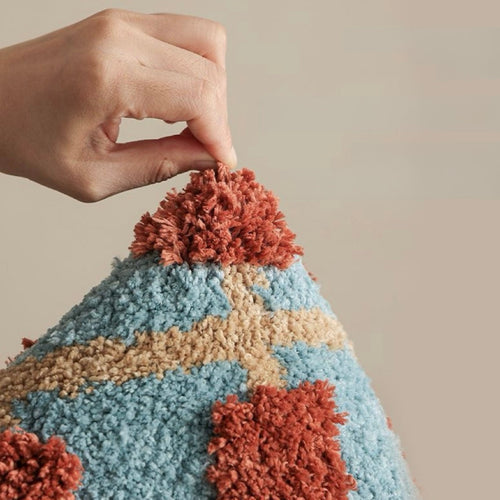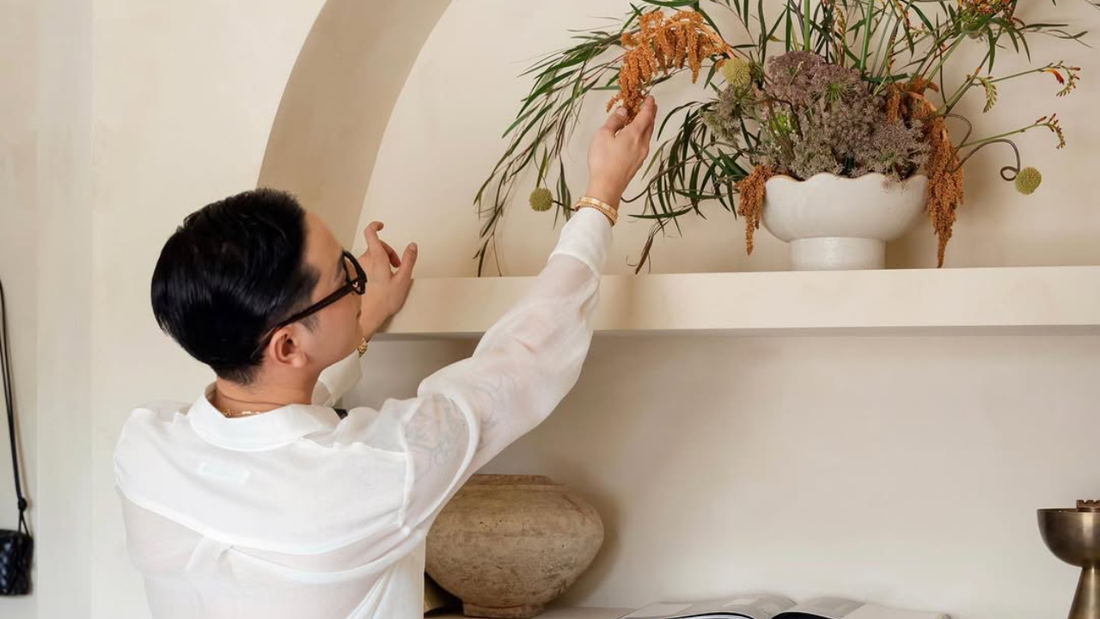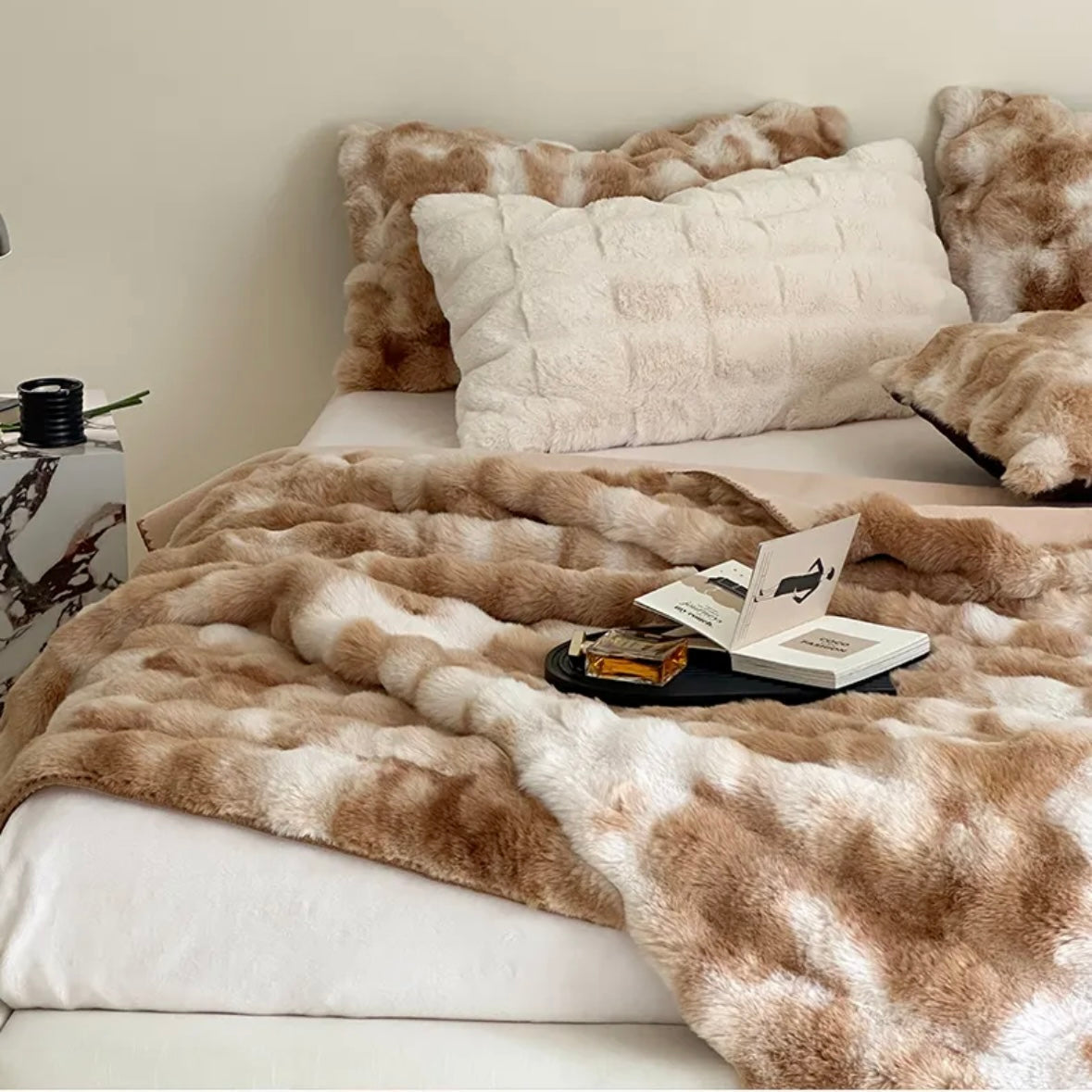How to Clean Bath Mats: Comprehensive Guide for Bath Mats Cleaning Methods
Bath mats are essential for any bathroom, offering both functionality and style. They keep your bathroom floor dry with lower slip hazards, and provide a decorative element to the area so enhancing safety. Still, preserving hygiene and guaranteeing bath mat lifetime depend on regular washing of them. Constant wetness and foot activity allow a soiled bath mat to become a haven for mildew, mold, and bacteria.
Various bathroom rug materials call for different cleaning methods to remain functional and fresh. For instance, rubber mats should be gently scrubbed to prevent damage; fabric bath mats can usually be machine washed. Conversely, Stone Bath Mats call for particular care to keep their original texture and longevity. The secret to extending the lifetime of bathroom mats and maintaining your bathroom area safe and appealing is knowing how best to clean them.
This guide will offer doable actions and ideas whether your search is for guidance on how to clean rubber bathroom mats or for environmentally friendly methods of maintaining different kinds of mats. Clear knowledge of cleaning techniques catered to various materials will enable you to enjoy a fresh, clean bathroom mat and a better bathroom environment.
Preparation Before Cleaning
First step in properly cleaning your bath mats is preparation. This guarantees you avoid damage and get the ideal outcomes for hygienic conditions. Prepare your bath mats as follows before starting the cleaning process:
Inspect the Bath Mat Labels
Check the care label on your bath mat first thing. These labels often provide vital cleaning instructions, such as recommended washing temperatures, whether the mat can be machine washed, and any restrictions on detergents or drying methods. For example, some delicate material mats, such as memory foam or natural fibers, may need hand cleaning or air drying. High heat should be avoided on rubber-backed mats since it could destroy the backing. Paying close attention to these elements helps you extend the life of the mat and prevent inadvertent harm.
Gather the Necessary Cleaning Supplies
Having correct supplies on hand helps the cleaning procedure go more quickly. Depending on the type of mat and its composition, whether you decide on machine washing, hand washing, spot cleaning, or another cleaning technique, these instruments guarantee your readiness for it.
- A light detergent or specialized cleaner fit for the mat material.
- For scrubbing, a sponge or soft-bristle brush.
- Baking soda and white vinegar for natural cleaning solutions.
- A vacuum cleaner to remove loose debris.
- A bucket, if hand washing is required.
Shake or Vacuum the Mats
Get as much loose dirt, hair, and trash out before wet cleaning. Outdoors, shake the mats vigorously to get rid of dirt. Use a vacuum cleaner to gather buried dust and trash on bigger mats or ones with more textures. This stage guarantees that dirt particles won't harm or stain the material while scrubbing or washing, so minimizing mess during cleaning.
Step-by-Step Hygiene for Various Bath Mats
To keep their look and usefulness, different kinds of bath mats call for different cleaning techniques. Here's a guide for efficiently cleaning stone bath mats, rubber, and fabric:
Cleaning Fabric Bath Mats
Common and usually machine-washable are fabric bath mats. Here's how to give them a decent clean.
- Machine Washing: Run the mat gently on a cycle in the washing machine. Use mild detergent and either warm or cold water. Steer clear of harsh chemicals and bleach that could degrade the fibers.
- Hand Washing: Should the label call for hand washing, immerse the mat in a tub or big basin loaded with water and detergent. To eliminate stains or dirt, gently wash the mat.
- Drying: The best way to avoid damage or shrinkage is to air-dry. Choose a low-heat level if you are running a dryer. Steer clear of intense heat since it may distort the mat's form or ruin any rubber backing.
Cleaning Rubber Bath Mats
Although rubber mats are long-lasting, they must be carefully maintained to avoid mildew or mold accumulation:
- Create a paste by mixing equal parts soda and clean water in a cleaning solution. Scrub the mat with a soft-bristle brush or sponge, concentrating on filth or stain-bearing sections. To eliminate all residue, carefully rinse the mat under running water.
- Drying: To air dry totally, hang the mat in a well-ventilated area. Drying rubber mats under direct sunlight should never be done since it can cause cracking.
- Mold and Mildew Removal: Vinegar and water together will help with ongoing mold. Before rinsing, spray the impacted areas, let the solution stay for a few minutes, then scrub.
Cleaning Stone Bath Mats
Stone mats are beautiful but need careful treatment to preserve their surface and lifetime.
- Wiping Down: Drizzle a little mild soap on a damp towel or sponge. To get stains or dirt from the surface, gently sweep.
- Stain Removal: Combining equal parts vinegar and water will help stubborn stains. Treat the stain with the solution; let it set momentarily; then, wipe clean.
- Steer clear of abrasive scrubbers and strong cleaning chemicals. These could only scratch the surface and decrease the natural attractiveness of the mat.
- Drying: Allow the mat air dry in a shaded place or pat it dry with a fresh towel following cleaning.
General Tips for All Bath Mats
- Regular cleaning of bath mats helps to preserve hygiene and stop stain setting.
- For particular cleaning instructions, always review the care label.
- For environmentally friendly upkeep, use naturally occurring cleaning products including vinegar and baking soda.
Maintenance Tips for Longevity
Bath mats kept properly cared for not only look good but also increase their lifetime. Use these easy guidelines to keep your bath mats looking great for a long run.
-
Store Bath Mats in a Dry, Ventilated Area:
Make sure your bath mats are hung or kept in a well-ventilated area following usage. Particularly for mats left in humid environments, too much moisture can cause mildew or mold to form. To let air flow, hang mats across a drying rack, shower rod, or towel bar. Wipe stone bath mats dry and make sure they aren't kept in places likely to cause humidity buildup. -
Rotate Mats Regularly:
Regular use in one area could lead to unequal wear and tear. Turn your bath mats around sometimes to guarantee consistent use distribution. Think about switching between two or more mats in high traffic bathrooms. This not only stops early damage but gives every mat time to be completely cleaned and dried. -
Clean Bath Mats Monthly or More Often:
Create a consistent cleaning plan depending on bathroom usage frequency. High usage bathrooms, such those found in family homes, could call for weekly or even every two week cleaning. Low traffic areas require just monthly cleaning. Use suitable cleaning techniques for the material of your bath mat, such machine washing for fabric mats, scrubbing rubber mats with baking soda, or polishing stone mats. -
Avoid Prolonged Sun Exposure:
Limit the direct sunlight that mats air-dried outside come into contact with. Extended sun can cause colors to fade, rubber materials to break, and fabric fibers to shrink. Dry mats in shaded areas or indoors to maintain their quality. -
Use Mat-Specific Cleaners for Better Care:
Choose mild or material-specific cleaning products for your bath mats. Strong chemicals can ruin rubber or peel the sheen of stone mats or break down cloth. Effective and environmentally safe natural cleansers for keeping your mats fresh are vinegar and baking soda. -
Check and Replace as Needed:
Check your mats often for damage like fraying edges, thinner material, or unsightly stains that cannot be eliminated. Although good maintenance prolongs its lifetime, every bath mat will finally need replacement to preserve hygienic standards and appearance.
These maintenance pointers help you make sure your bath mats stay practical, durable, and clean. Consistent maintenance maintains a rubber, stone, or cloth mat looking and performing best.
Start Keeping Your Bath Mats Clean Now
Maintaining hygiene and guaranteeing the mat's durability depend on keeping bath mats clean, hence it is not only about appearances. Frequent cleaning eliminates mold, bacteria, and grime that could build up in a bathroom with moisture. Whether fabric, rubber, or stone, the suitable cleaning techniques catered to the material will help you to properly care for your mats without damage.
Equally crucial is routine maintenance. Maintaining the usefulness and visual attractiveness of mats depends on keeping them dry, ventilated, rotational for even wear, and consistent cleaning routine. Not only can well-kept, clean bath mats increase their lifetime, but they also help create a safer, fresher bathroom.










